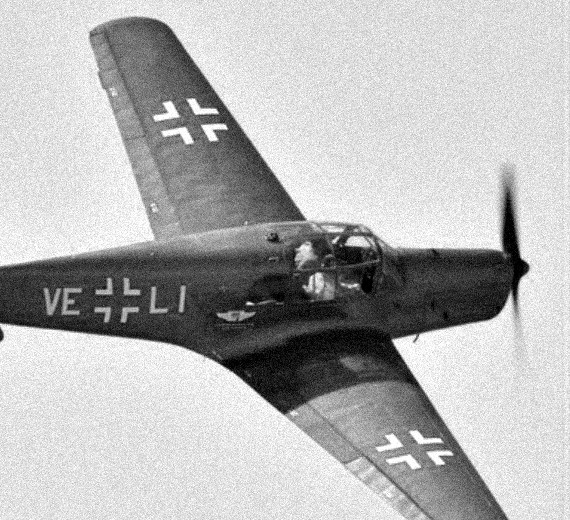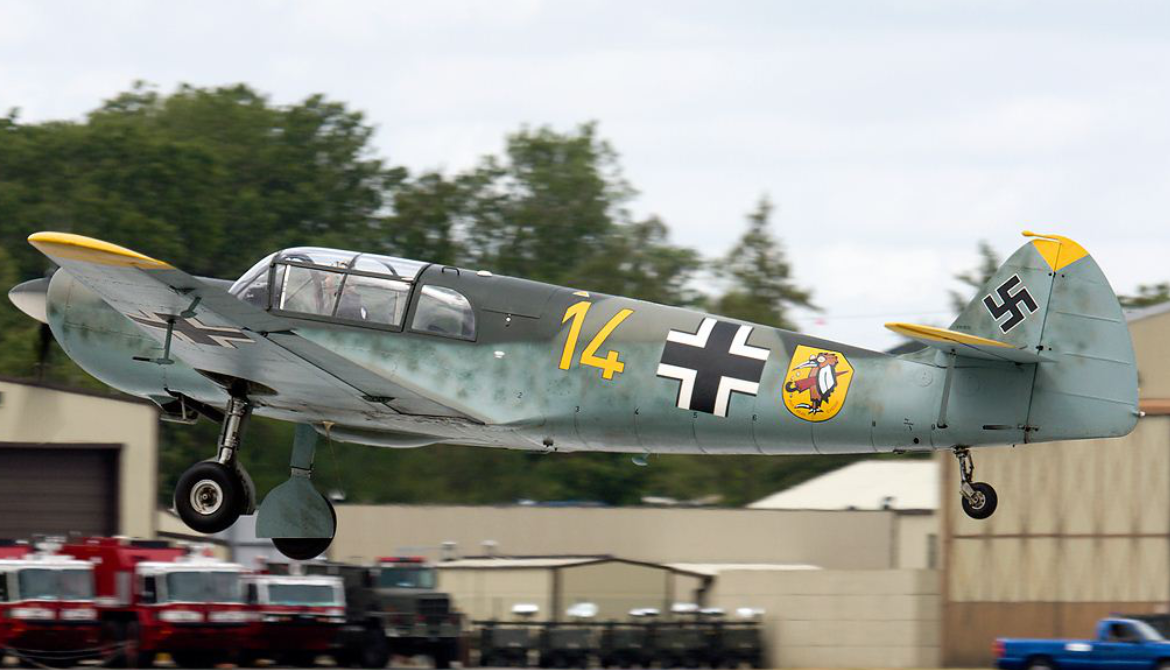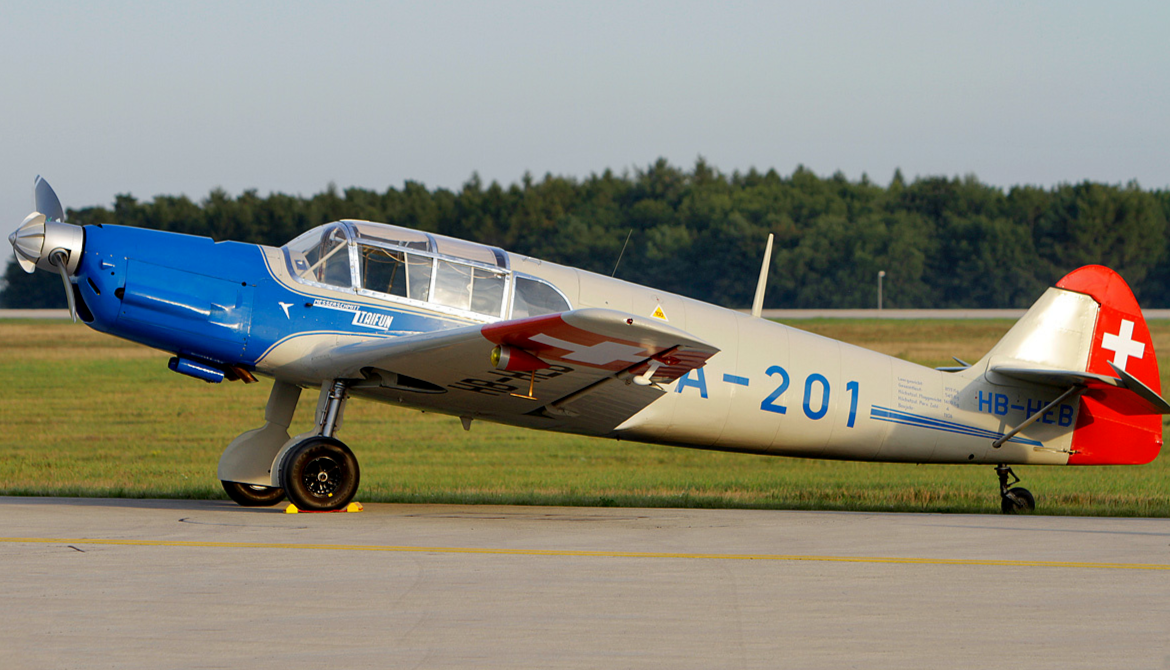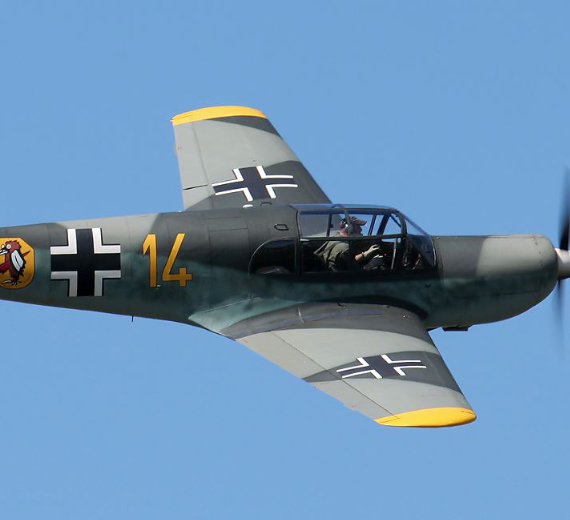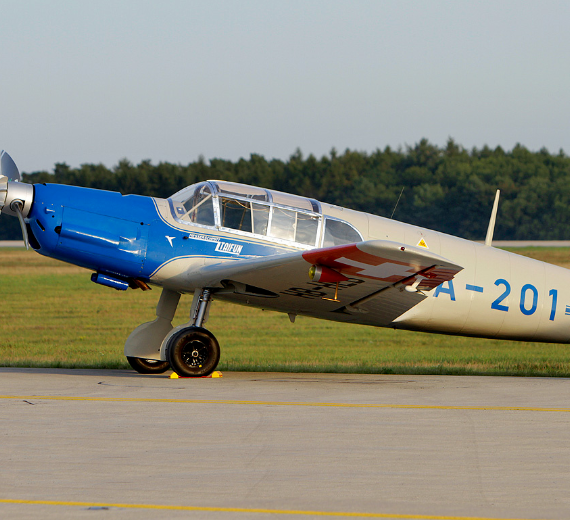Ryan Aeronauticall
Ryan FR-1 Fireball
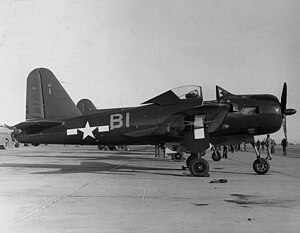 |
|
| An FR-1 Fireball of VF-66 at NAS North Island, 1945 | |
| Role | Fighter |
|---|---|
| National origin | United States |
| Manufacturer | Ryan Aeronautical |
| First flight | 25 June 1944 |
| Introduction | March 1945 |
| Retired | 1 August 1947 |
| Primary user | United States Navy |
| Produced | 1944–1945 |
| Number built | 71 |
| Developed into | Ryan XF2R Dark Shark |
.
Ryan Aeronautical Company
Ryan FR-1 Fireball

The Ryan FR Fireball was an American mixed-power (piston and jet-powered) fighter aircraft designed by Ryan Aeronautical for the United States Navy during World War II. It was the Navy's first aircraft with a jet engine. Only 66 aircraft were built before Japan surrendered in August 1945. The FR-1 Fireball equipped a single squadron before the war's end, but did not see combat. The aircraft ultimately proved to lack the structural strength required for operations aboard aircraft carriers and was withdrawn in mid-1947.
TDesign of the FR-1 began in 1943 to a proposal instigated by Admiral John S. McCain Sr. for a mixed-powered fighter because early jet engines had sluggish acceleration that was considered unsafe and unsuitable for carrier operations. Ryan received a contract for three XFR-1 prototypes and one static test airframe on 11 February 1943 with the first two prototypes delivered in 14 months. Another contract was placed for 100 aircraft on 2 December 1943 and a later contract on 31 January 1945 increased the total of FR-1s on order to 700.
Development

Underside of a VF-66 aircraft, 1945, illustrating the wing planform and the wing-root air intakes 
An FR-1 launching from the escort carrier Badoeng Strait, 1947 One squadron, VF-66, received its first Fireballs in March 1945, but they never saw combat. On 1 May, three of the squadron's aircraft were craned aboard the carrier Ranger to attempt to qualify seven pilots, but two of the fighters were damaged while landing. One missed the arresting gear and hit the crash barrier while the other aircraft's nose gear collapsed. The following month the pilots qualified and were on pre-embarkation leave when the Japanese surrendered. The squadron was decommissioned on 18 October with all pilots and aircraft transferred to VF-41
0
KmCeiling
0
KmCombat RANGE
0
Km/hAircraft Speed
0
Max Crew
Photo Gallery
Ryan Aeronautical Company
Ryan FR Fireball


Ryan Aeronautical Company
Ryan FR-1 Fireball
General Info
-
-
- Crew: 1
- Length: 32 ft 4 in (9.86 m)
- Wingspan: 40 ft 0 in (12.19 m)
- Height: 13 ft 11 in (4.24 m)
- Wing area: 275 sq ft (25.5 m2)
-
Powerplant
-
- Empty weight: 7,689 lb (3,488 kg)
- Gross weight: 11,652 lb (5,285 kg)
- Powerplant: 1 × Wright R-1820-72W Cyclone 9-cylinder air-cooled radial piston engine, 1,350 hp (1,010 kW)
- Powerplant: 1 × General Electric J31-GE-3 centrifugal-flow turbojet engine, 1,600 lbf (7.1 kN) thrust
- Propellers: 3-bladed constant-speed fully-feathering propeller
-
Performance
- Maximum speed: 404 mph (650 km/h, 351 kn) both engines
-
-
-
- 276 mph (240 kn; 444 km/h)
-
-
- Cruise speed: 152 mph (245 km/h, 132 kn) piston engine only
- Ferry range: 1,620 mi (2,610 km, 1,410 nmi) (with 2 drop tanks)
- Service ceiling: 43,100 ft (13,100 m)
- Rate of climb: 1,800 ft/min (9 m/s) (Piston engine only, with 1 drop tank)
Armament
-
- Guns: 4 × .50 in (12.7 mm) M2 Browning machine guns with 300 rpg
- Rockets: 8 × 5-inch (127 mm) rockets under wings
- Bombs: 2 × 1,000 lb (454 kg) bombs
.
Links to Youtube & Others
The P-47 proved to be a formidable fighter-bomber due to its good armament, heavy bomb load, and ability to survive enemy fire. The P-47's survivability was due in part to its radial piston engine, which unlike comparable liquid-cooled engines, had a high tolerance for damage.
Republic Aviation
P-47 Thunderbold
Other positive attributes included the P-47's ruggedness; its radial piston engine had a high tolerance for damage compared to liquid-cooled engines,
Youtube Link
In the Pacific, Colonel Neel E. Kearby of the Fifth Air Force claimed 22 Japanese aircraft and was awarded the Medal of Honor
